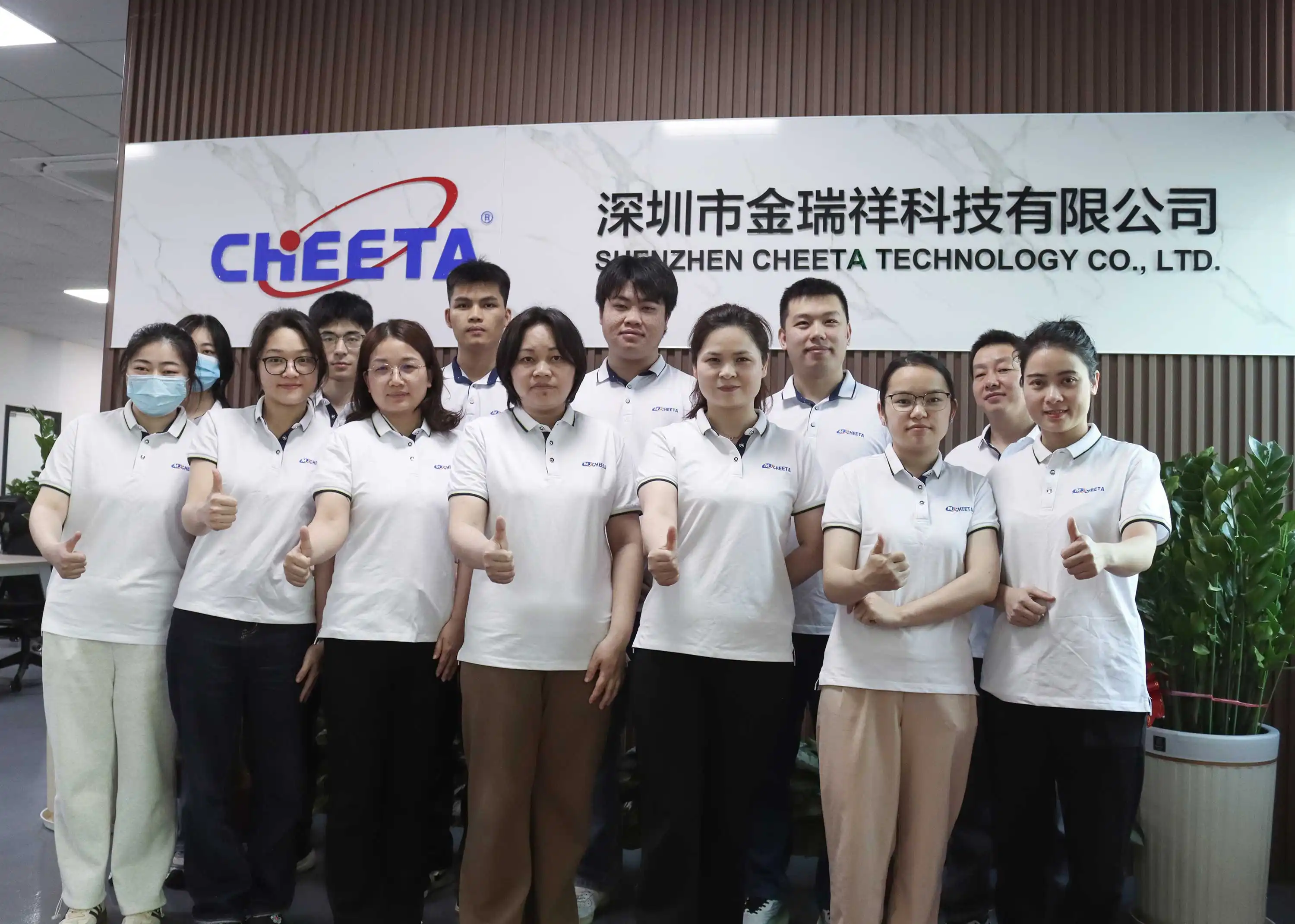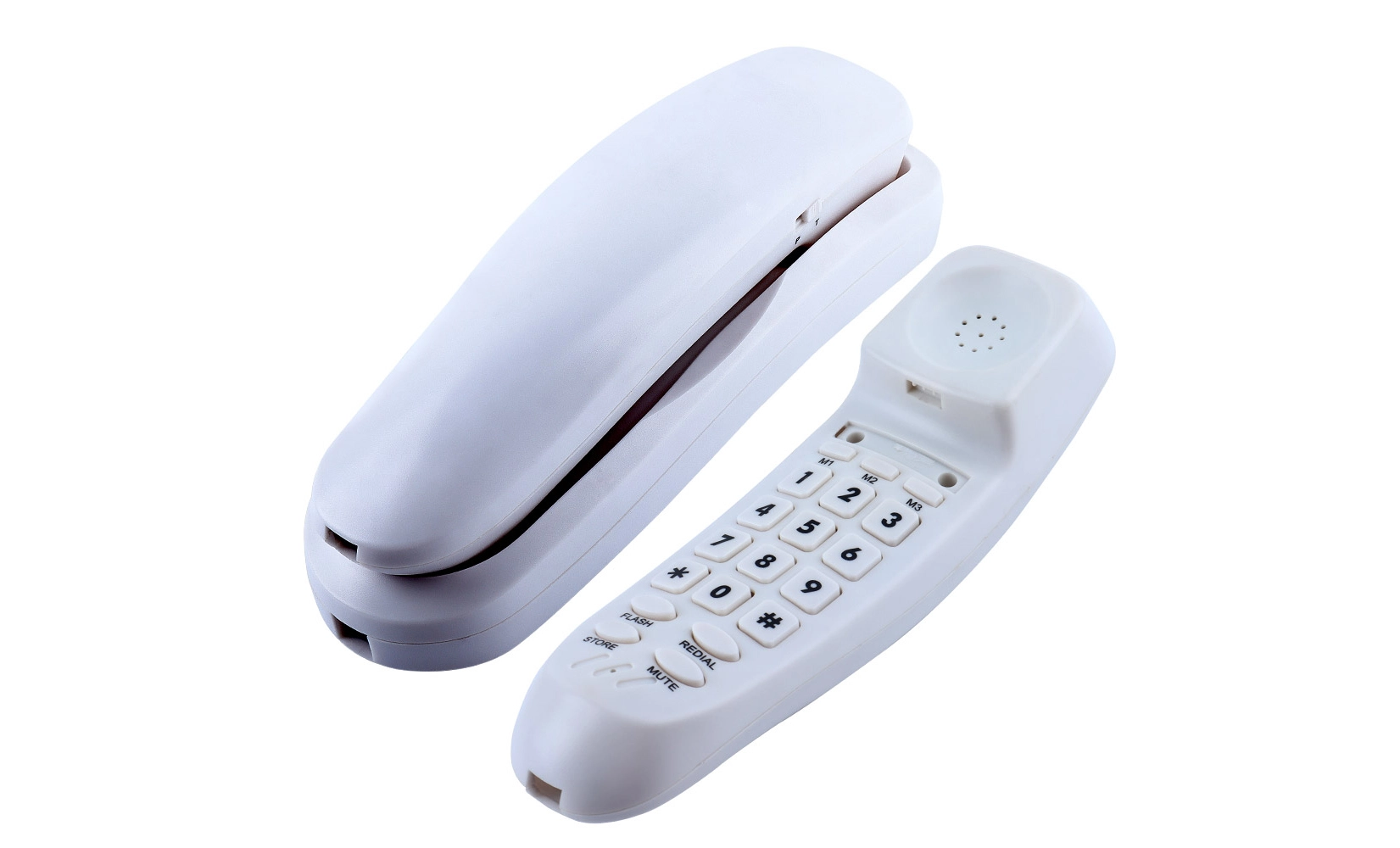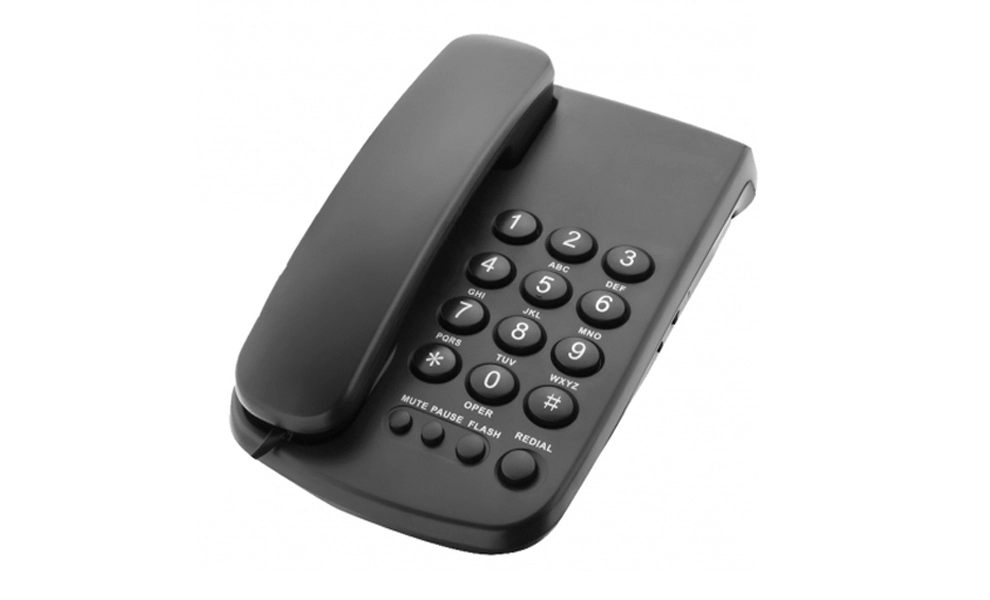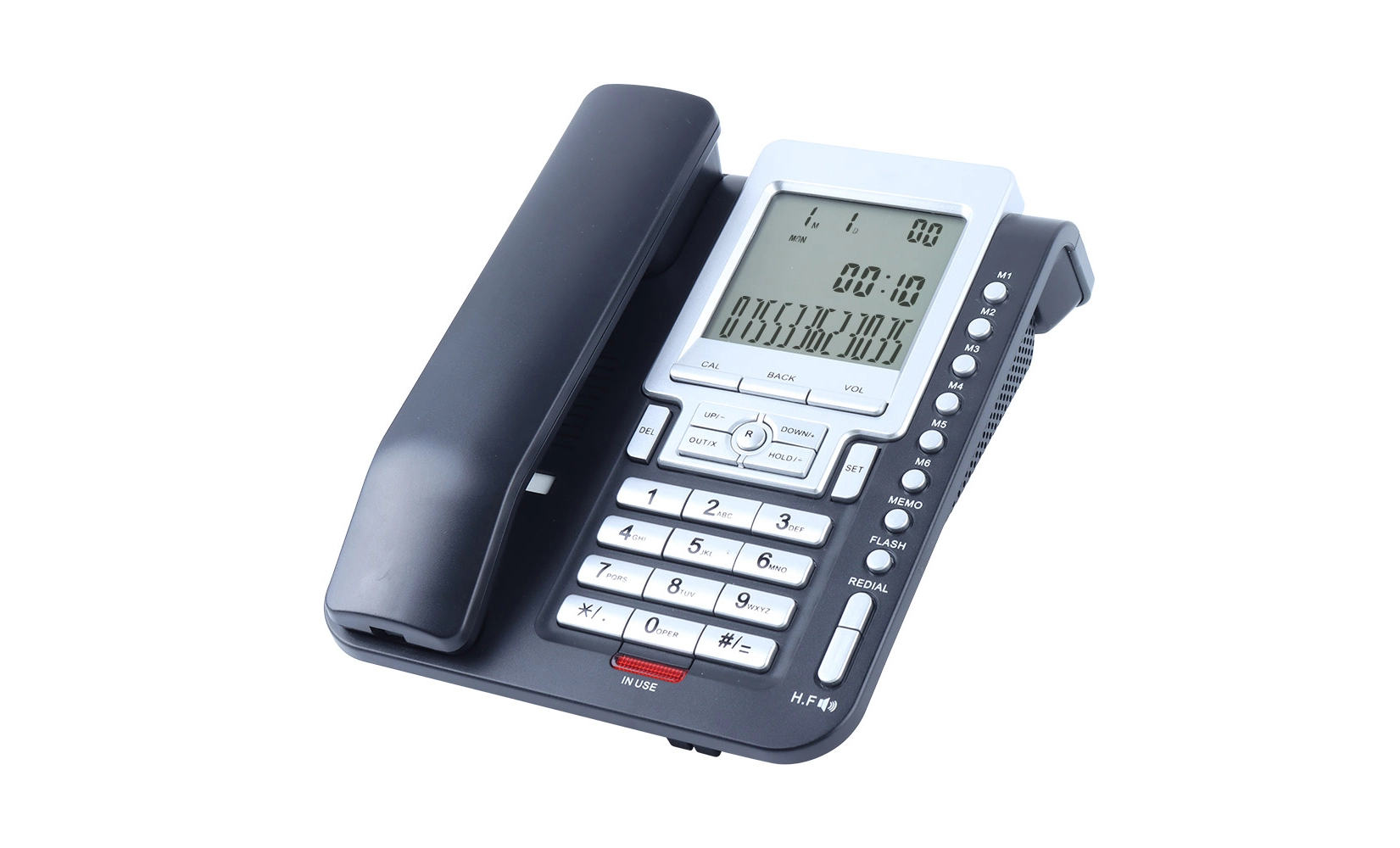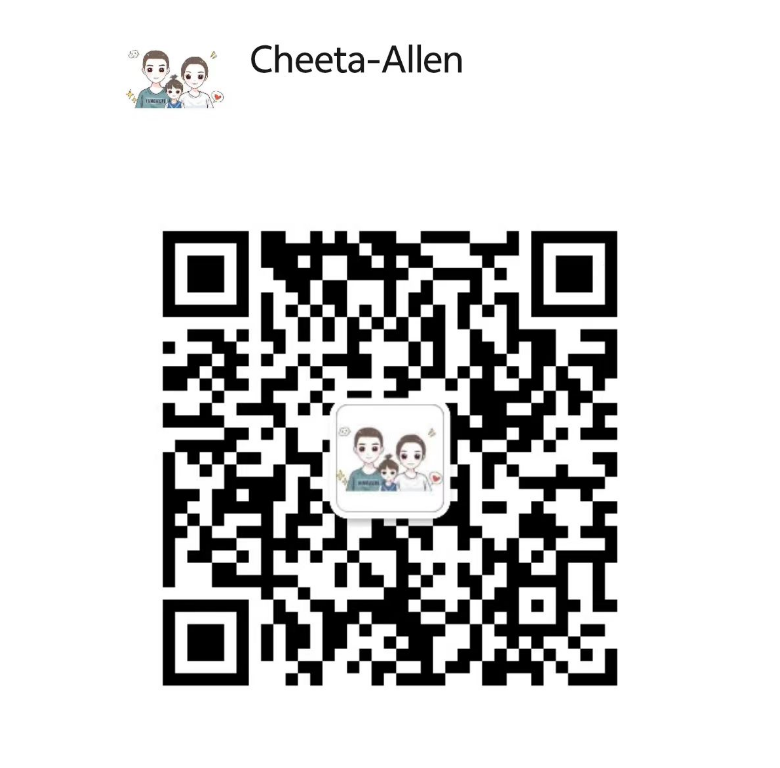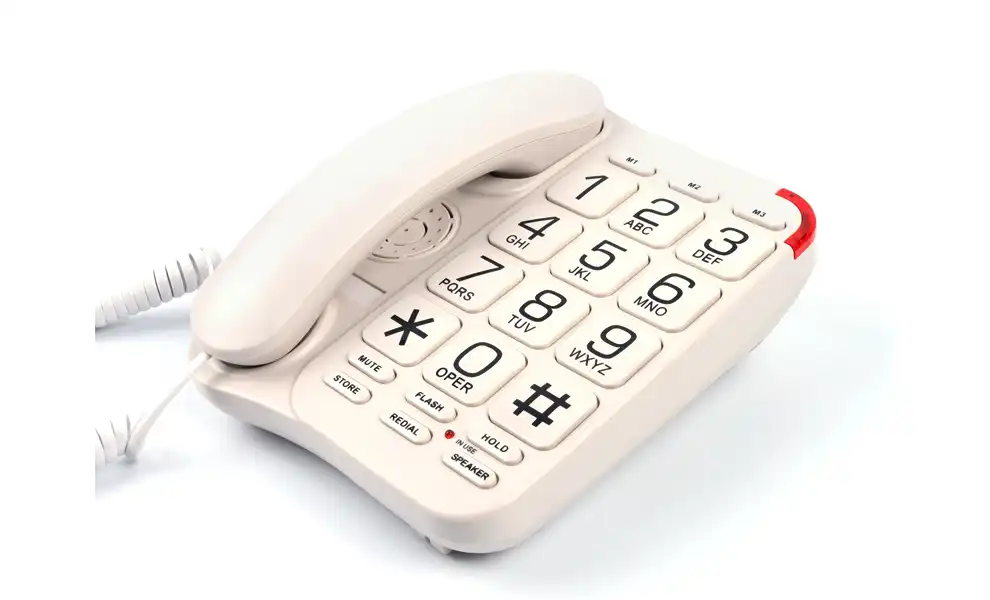 Choosing the Right Big Button Phone for Care Facilities
Choosing the Right Big Button Phone for Care Facilities
Key Features to Consider
When selecting big button phones for care facilities, it's crucial to consider several key features that cater to the specific needs of residents and staff. Large, high-contrast buttons are paramount, as they enhance visibility and ease of use for those with visual impairments or dexterity issues. Look for phones with buttons measuring at least 0.75 inches in diameter and featuring bold, easy-to-read numbers.
Audio quality is another critical factor. Opt for phones with adjustable volume controls that can reach high decibel levels without distortion. Many residents in care facilities may have hearing impairments, so choosing phones with hearing aid compatibility is essential. This feature ensures clear sound transmission to hearing aids set to the "T" (telecoil) position.
Memory dial buttons are invaluable for residents who may struggle to remember phone numbers. These pre-programmable buttons allow for quick, one-touch dialing to frequently called numbers or emergency contacts. Some advanced models even offer photo buttons, where pictures can be placed next to memory dial keys for easy recognition.
Durability and Ease of Cleaning
Care facilities can be demanding environments for electronic devices, so durability is a key consideration when choosing big button phones. Look for models with sturdy construction and impact-resistant materials that can withstand accidental drops or rough handling. Phones with sealed keypads are preferable, as they prevent liquid and debris from entering the internal components, extending the device's lifespan.
Ease of cleaning is another crucial factor, especially in healthcare settings where hygiene is paramount. Opt for phones with smooth surfaces and minimal crevices, which are easier to wipe down and disinfect. Some manufacturers offer antimicrobial coatings on their phones, providing an extra layer of protection against bacteria and other microorganisms.
Additional Features for Enhanced Functionality
While basic functionality is essential, additional features can greatly enhance the usability of big button phones in care facilities. Consider phones with built-in speakerphone capabilities, which allow for hands-free communication and can be particularly helpful for residents with limited mobility. Visual ring indicators, such as flashing lights, are beneficial for those with hearing impairments who may not hear traditional ringtones.
Some advanced models offer talking keypads, which announce each number as it's pressed, providing auditory feedback for users with visual impairments. Emergency features, such as pendant-compatible systems or dedicated emergency buttons, can provide an added layer of safety for residents. Lastly, consider phones with adjustable display screens that show large, high-contrast caller ID information, making it easier for residents to identify incoming calls.
Implementing an Effective Maintenance Routine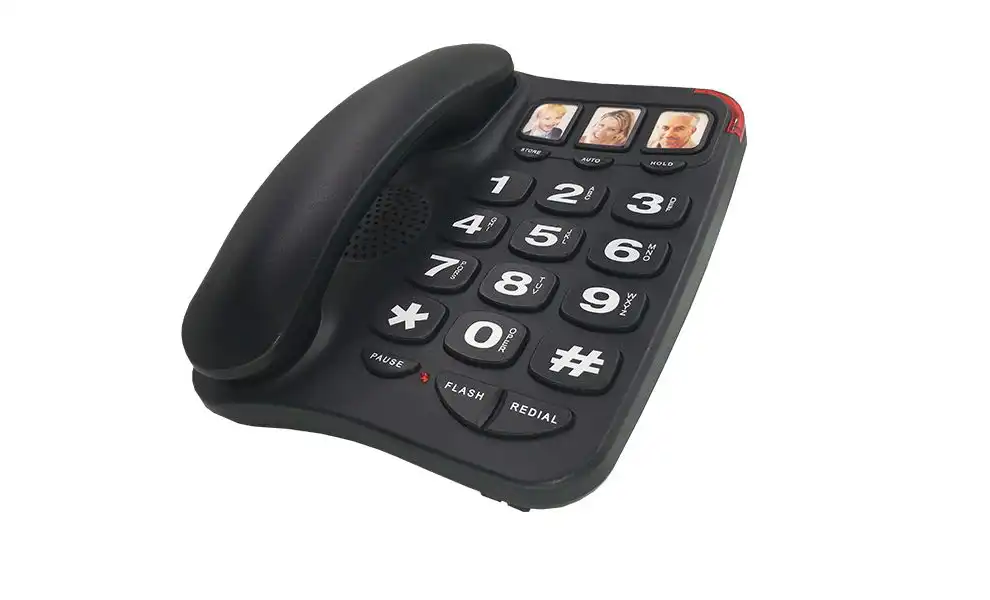
Regular Cleaning and Disinfection
Maintaining cleanliness is crucial for big button phones in care facilities, not only for hygiene reasons but also to ensure optimal performance. Establish a regular cleaning schedule, ideally daily or after each use in high-traffic areas. Use a soft, lint-free cloth slightly dampened with a mild cleaning solution or isopropyl alcohol to wipe down the phone's surfaces, paying special attention to the keypad and handset.
For more thorough disinfection, use EPA-approved disinfectant wipes, ensuring they're compatible with the phone's materials. Be cautious not to let excess liquid seep into openings or ports. After cleaning, dry the phone thoroughly with a clean, dry cloth. Encourage staff and residents to practice good hand hygiene before and after using the phones to minimize the spread of germs.
Periodic Functionality Checks
Regular functionality checks are essential to catch and address any issues before they escalate. Implement a monthly testing routine where staff members check each phone for a clear dial tone, proper ringing, and audio quality during calls. Test all buttons, including the memory dial and emergency features, to ensure they're functioning correctly.
Pay attention to the phone's volume controls and hearing aid compatibility features, verifying that they work as intended. If the phone has a display screen, check that it's clear and easily readable. Any phones showing signs of wear, damage, or malfunction should be flagged for repair or replacement promptly.
Battery Maintenance and Replacement
For cordless big-button phone models, proper battery maintenance is crucial for reliable performance. Establish a schedule for checking battery levels and replacing them as needed. Most rechargeable batteries in cordless phones have a lifespan of 1-2 years with regular use. Keep spare batteries on hand to minimize downtime if replacements are needed.
Educate staff on proper charging practices, such as not leaving phones on the charger continuously when fully charged, as this can degrade battery life over time. For phones with backup batteries that maintain settings during power outages, check and replace these annually or as recommended by the manufacturer.
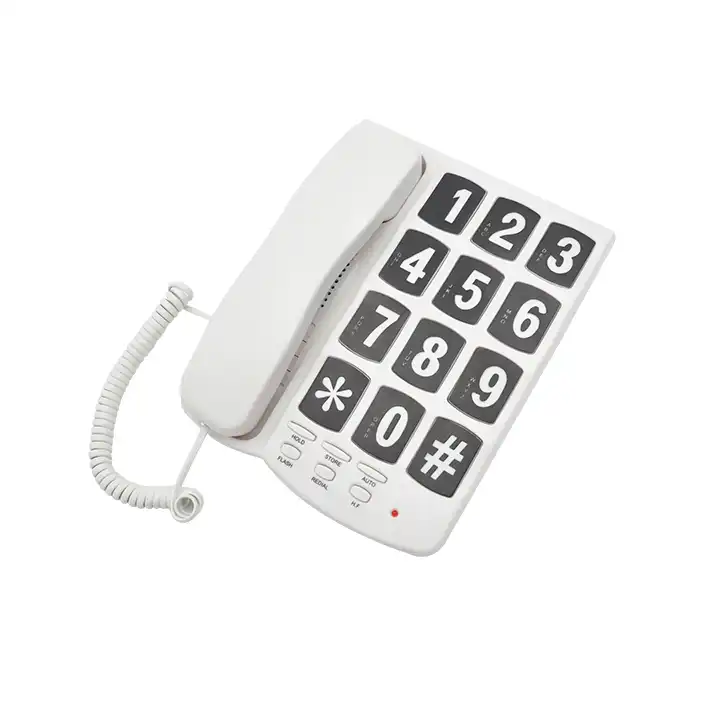 Training Staff and Residents on Proper Use
Training Staff and Residents on Proper Use
Conducting User-Friendly Training Sessions
Effective training is key to ensuring that both staff and residents can fully utilize the features of big button phones. Organize regular training sessions that cater to different learning styles and abilities. Use a combination of hands-on demonstrations, visual aids, and simple, step-by-step instructions to cover all aspects of phone operation.
Focus on essential functions such as making and answering calls, adjusting volume, using memory dial buttons, and activating speakerphone. For more advanced features, consider creating laminated quick-reference guides that can be kept near the phones for easy access. Encourage participants to practice during the sessions, offering patient guidance and addressing any questions or concerns they may have.
Addressing Common Issues and Troubleshooting
Equip staff with the knowledge to handle common issues that may arise with big button phones. Cover topics such as what to do if there's no dial tone, how to reset a phone if it's not working properly, and how to reprogram memory dial buttons. Provide guidance on when to seek technical support versus attempting simple fixes in-house.
Create a troubleshooting guide that outlines step-by-step solutions for common problems. This resource can help staff quickly resolve issues, minimizing disruptions to communication. Include information on how to report more serious technical problems and the process for requesting repairs or replacements when necessary.
Promoting Proper Phone Etiquette and Safety
In addition to technical training, it's important to promote proper phone etiquette and safety practices among residents. Cover topics such as speaking clearly and at an appropriate volume, especially when using speakerphone features. Discuss the importance of privacy during phone calls and how to use the phone's features to enhance confidentiality, such as adjusting volume levels.
Address safety concerns, particularly regarding unwanted or fraudulent calls. Teach residents how to use caller ID features to screen calls and provide guidelines on what information should never be shared over the phone. Consider implementing a system where staff can assist residents with unfamiliar or potentially suspicious calls to ensure their safety and peace of mind.
Conclusion
Selecting and maintaining big button phones for care facilities requires careful consideration of residents' needs, facility requirements, and long-term usability. By focusing on key features such as button size, audio quality, and durability, facilities can choose phones that truly enhance communication for their residents. Implementing regular maintenance routines, including cleaning and functionality checks, ensures these vital devices remain in optimal condition. Coupled with comprehensive training for both staff and residents, care facilities can create a communication environment that is accessible, reliable, and user-friendly.
Easy-clean, sturdy handsets for eldercare centers | CHEETA
CHEETA, a leading manufacturer of communication devices, offers a range of easy-clean, sturdy handsets tailored for eldercare centers. With 18+ years of OEM/ODM experience, our 1,200㎡ factory produces 1,000 analog units daily, ensuring quick delivery and consistent quality. Our big button phones feature large backlit keypads, high-volume ringers, and hearing aid compatibility, making them ideal for seniors and those with impairments. Rigorous quality control, including 11 inspection steps, keeps our failure rate below 1%. CE, RoHS, FCC, and UN38.3 compliant, our phones offer the reliability and accessibility care facilities demand. For customized solutions or more information, contact us at allen@cheeta.com.cn.



